Here is my Spring AOP configuration.
<bean id="myObject" class="com.madzone.learn.spring.aop.OriginalClass"></bean>
<bean id="aspect" class="com.madzone.learn.spring.aop.AspectClass"></bean>
<aop:config>
<aop:aspect ref="aspect">
<aop:declare-parents
types-matching="com.madzone.learn.spring.aop.OriginalClass+"
implement-interface="com.madzone.learn.spring.aop.IntroducedInterface"
default-impl="com.madzone.learn.spring.aop.IntroducedInterfaceImpl" />
</aop:aspect>
ApplicationContext context = new ClassPathXmlApplicationContext("myApp.xml");
Object myObject = context.getBean("myObject");
if (myObject instanceof OriginalClass) {
System.out.println("This is OriginalClass");
}
if(myObject instanceof IntroducedInterface) {
System.out.println("This is IntroducedInterface");
}
With this introduction I was able to call the methods in the IntroducedInterface. But, I was not able to access the OriginalClass' methods. In the code snippet above, I never got the 'This is OriginalClass' printed out.
From the definition of 'Introduction' I understood that the proxy that implements the new interface will extend from OriginalClass and make its' methods accessible too.
Am I missing something here? Can someone explain the reasons, if any?
PS:
The following is a picture from Spring in Action (3rd Edition) that depicts this.
